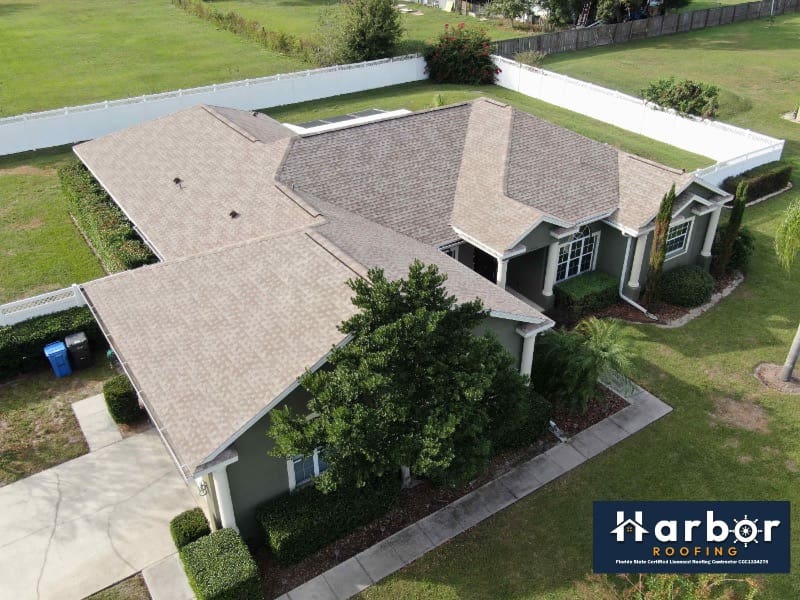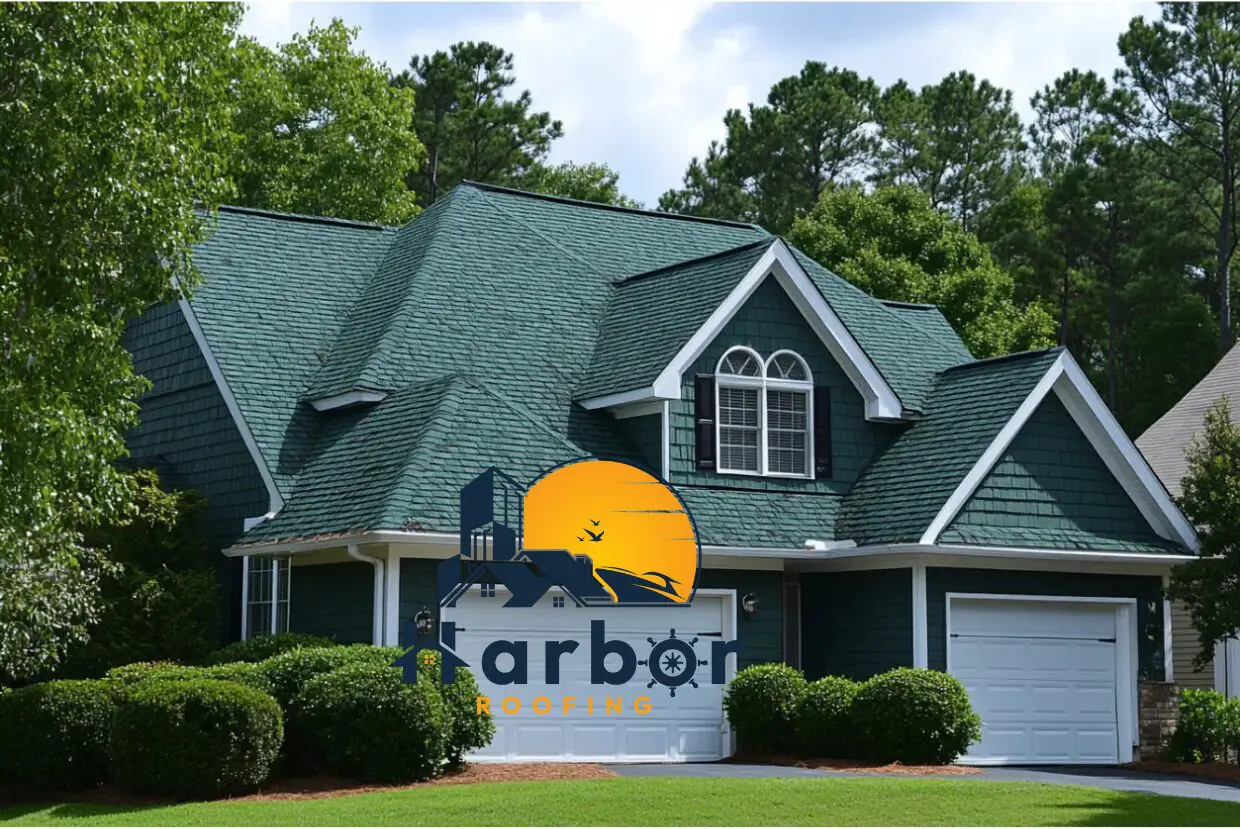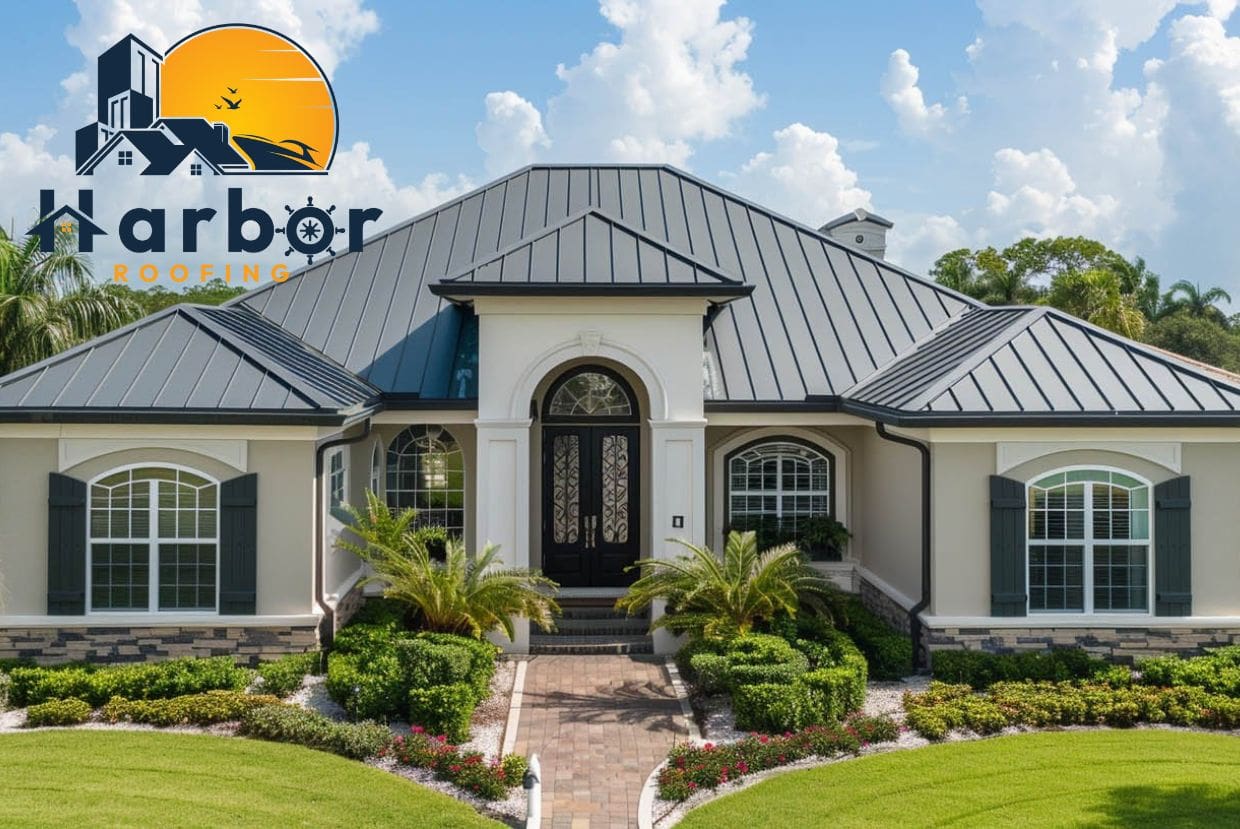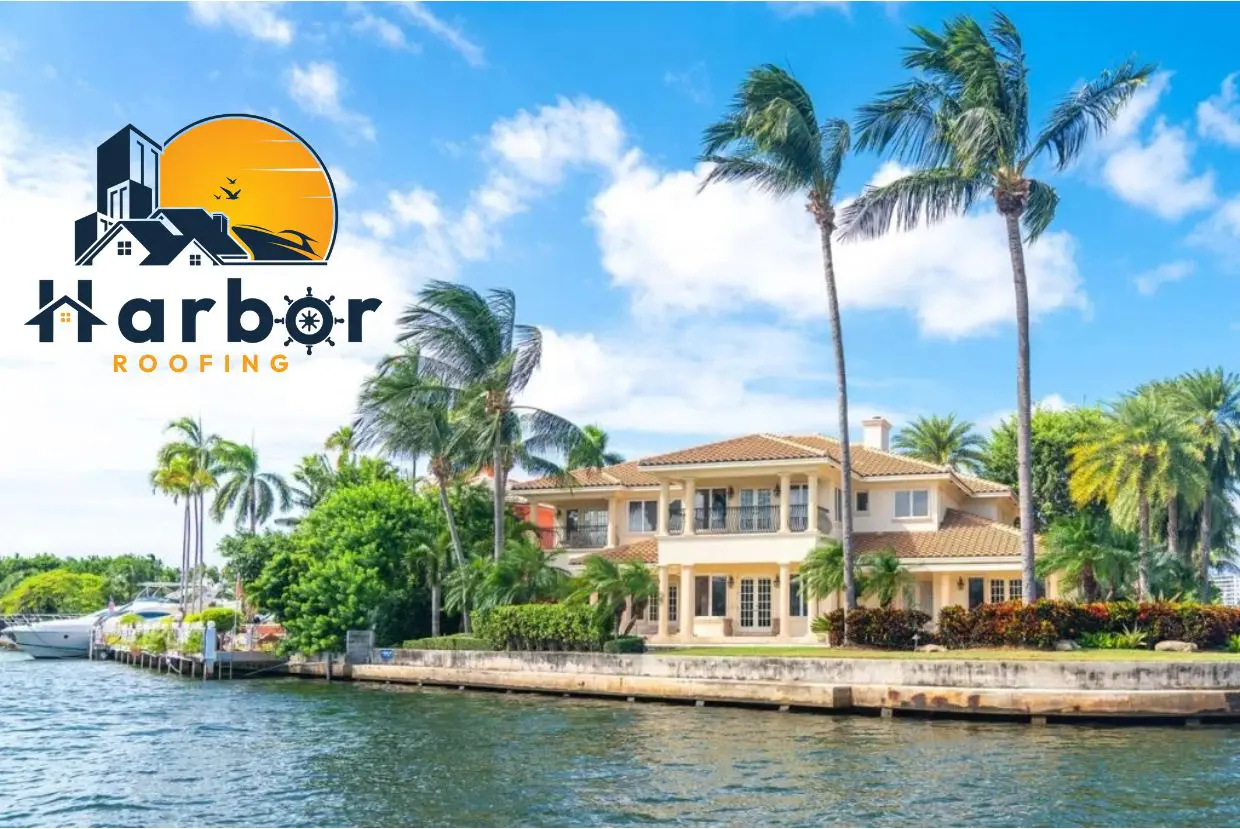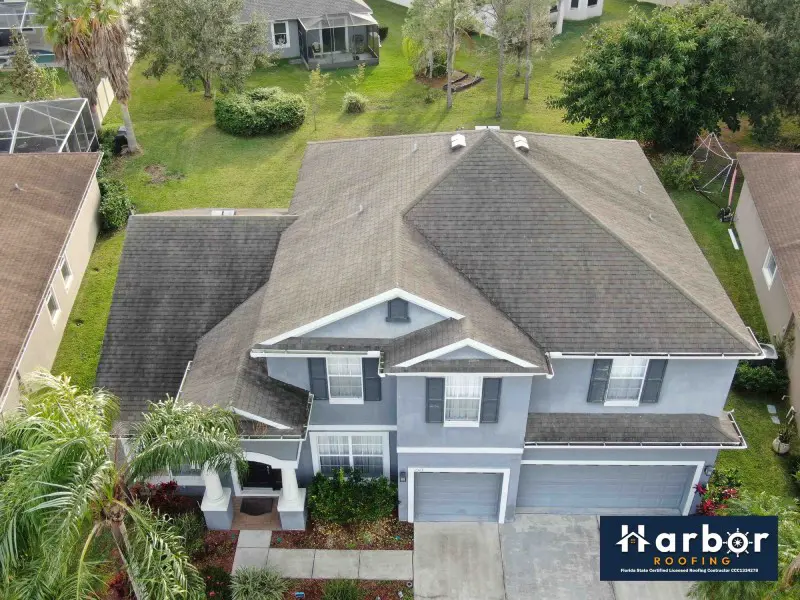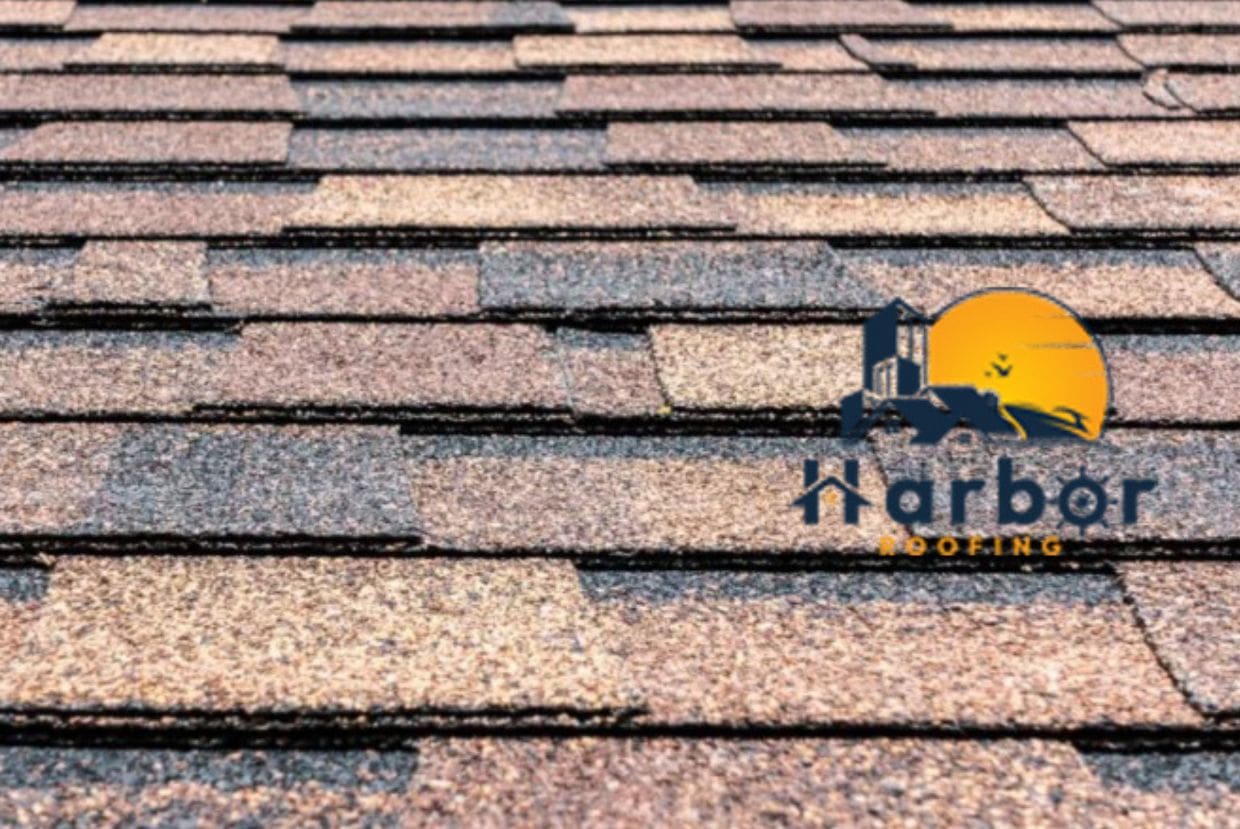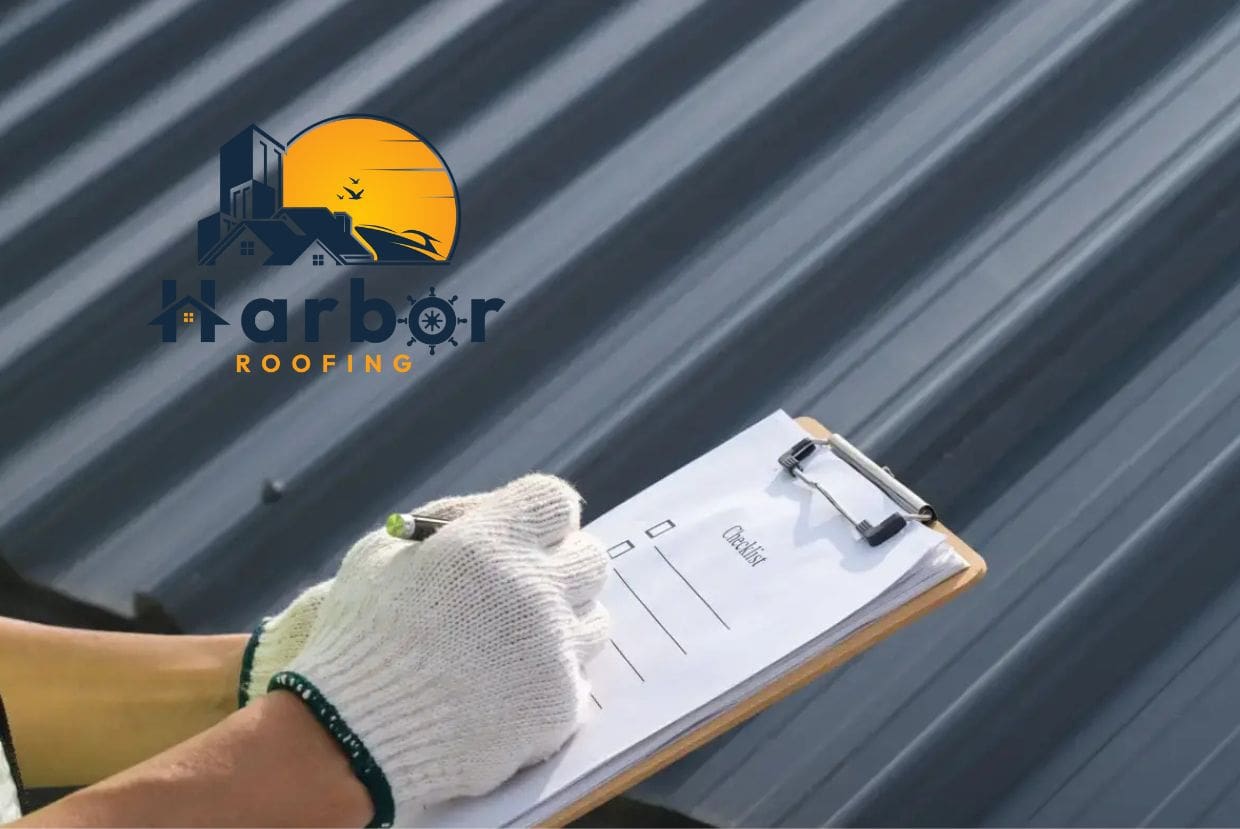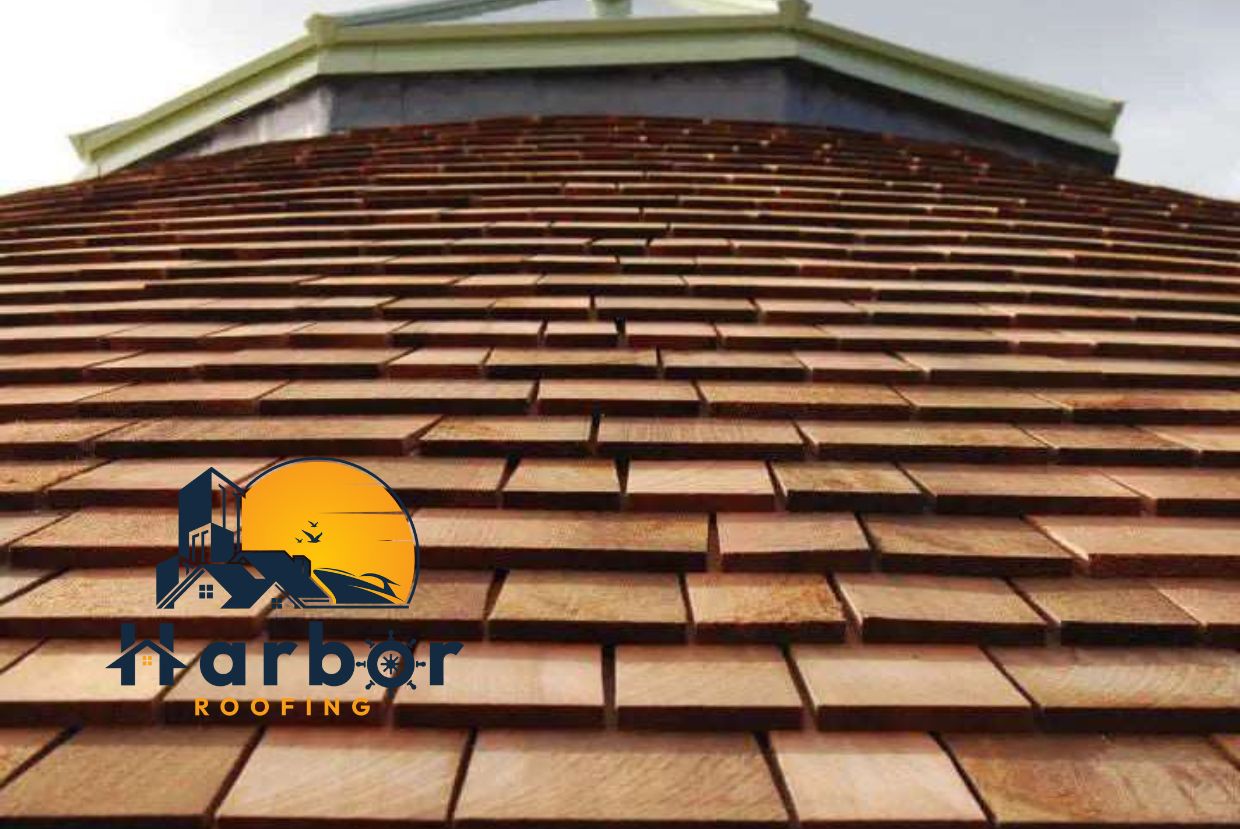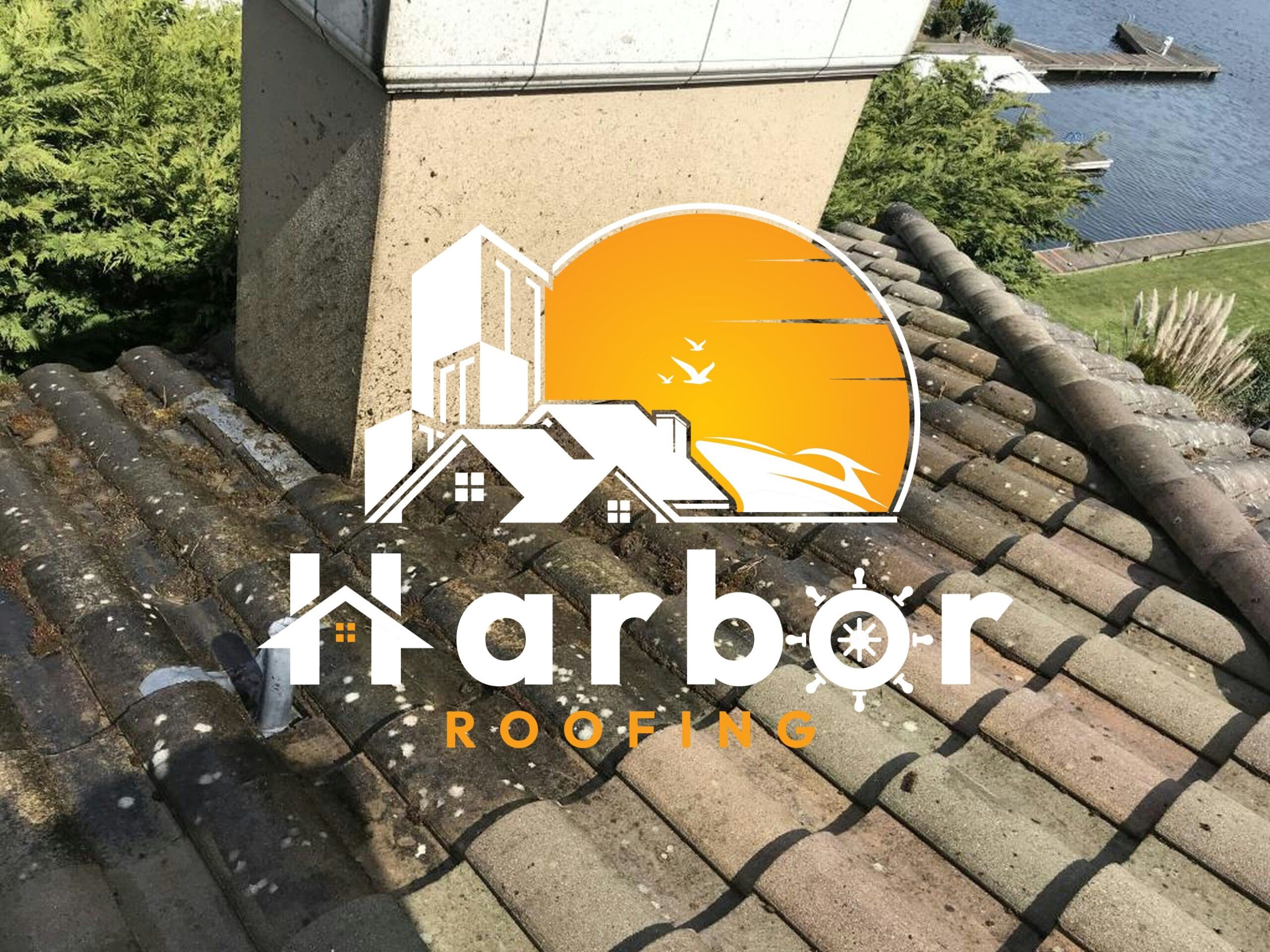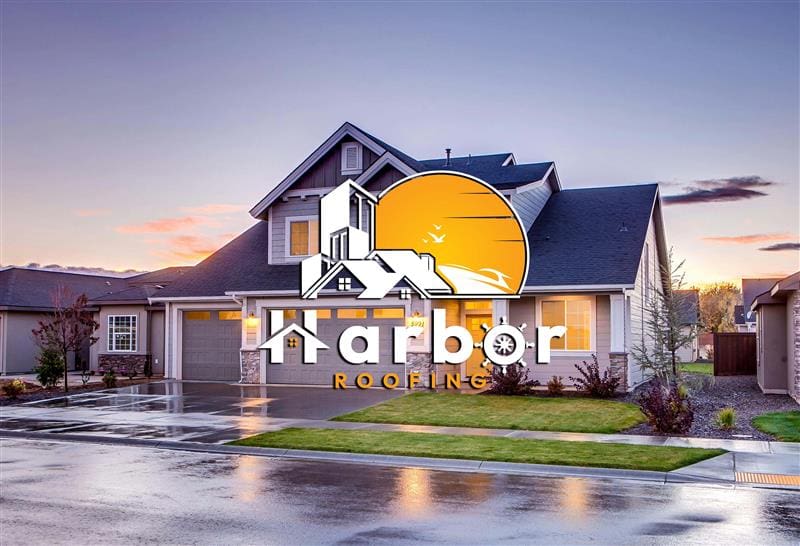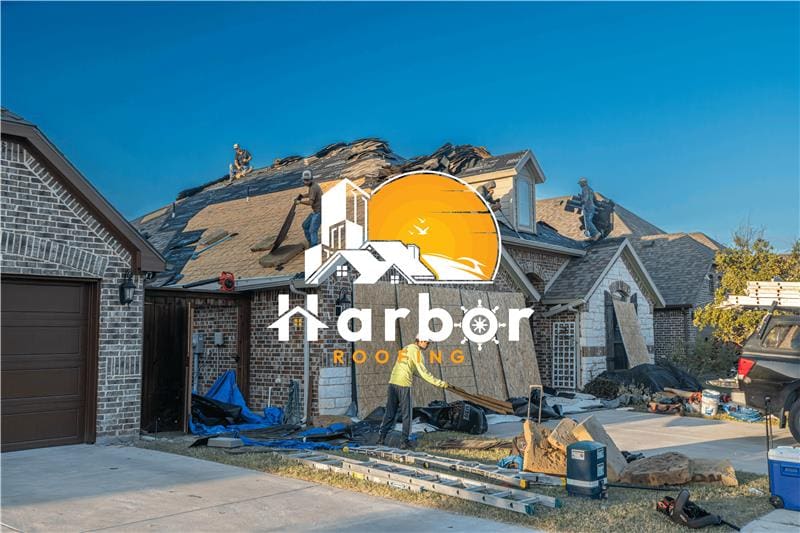How Long Does a Roof Last in Florida?
Most roofs in Florida last 15-20 years on average with clay tile lasting the longest at ~50-70 years, asphalt shingles at 15-20 years, and flat roofs the shortest at 10-20 years.
Florida’s climate can shorten roof lifespans compared to other states due to its pretty intense UV rays, humidity, and frequent storms.
Get Your Free Quote From Us Today
Key Takeaways
- Most Florida roofs last 15–20 years due to intense heat, humidity, and storms
- Material lifespan in Florida:
- Clay tile: 50–70+ years
- Metal roofs: 40+ years
- Concrete tile: 30–50 years
- Asphalt shingles: 15–20 years
- Flat roofs: 10–20 years
- Florida’s 2024 weather accelerated roof aging: record heat, extreme rainfall, and 3 hurricanes
- UV exposure causes shingles to crack, fade, and become brittle earlier than in cooler states
- Humidity, trapped moisture, and poor ventilation increase rot, mold, and leak risks
- Salt air in coastal areas corrodes metal fasteners and flashing, weakening roofs faster
- Shingle roofs nearing 10–15 years old often begin showing accelerated wear
- Granule loss, cracking, curling shingles, and lifted edges are early failure signs
- Water stains, sagging, or recurring leaks indicate the roof is actively failing
- Metal and tile roofs provide better storm resistance and long-term value in Florida
| Roofing Material | Typical Lifespan in Florida | Cost Level | Wind & Storm Resistance | Maintenance Needs | Best For |
|---|---|---|---|---|---|
| 3-tab Shingles | 15 – 17 years | $ | Low (up to ~about 55 mph winds) | Moderate | Most budget-friendly replacements |
| Architectural Shingles | 20- 25 years (depending on strength of other components*) | $$ | Good (up to ~130 mph winds) | Moderate | Better durability and wind protection |
| Metal Roofs | 40+ years | $$$ | Excellent | Low to Moderate | High-wind and hurricane-prone areas |
| Clay Tile | ~50 years | $$$$ | Excellent | Low | Long-term investment and coastal homes |
| Concrete Tile | ~50 years | $$$ | Very Good | Low to Moderate | Affordable tile option with strong durability |
| Flat Roof Systems | 10–20 years | $$ | Low to Moderate | High | Additions, commercial buildings, or low-slope sections |
*The tiles themselves can last a long time, but the underlayment is what usually fails on tile roofs. Its hard to get 50 years out of the underlayment. The tiles protect the underlayment from the UV rays, but water still gets under the tiles. Tiles are more cosmetic and to protect the underlying roof system from the harmfull UV rays.
Average Roof Lifespans by Material
When choosing a roof in the Sunshine State, you should know that asphalt shingles are the most popular option, however they have a shorter lifespan. Coming in at 15 to 20 years as opposed to 25 to 30 years in cooler climates.
A metal roof will give you much better longevity, and with proper installation, can last over 40 years, it also has the upper hand when it comes to resisting wind, fire and sunlight.
Tile roofs are probably going to be your best bet if you want a roof that will last, with clay tiles reaching an impressive 50 to 70 years and concrete tiles typically lasting 30 to 50 years, both can also repel fire, rot and bugs.
Flat Roofs are less common on homes but appear on additions and commercial buildings. With proper drainage and materials, they last 10-20 years.
| Material | Lifespan in Florida |
| Asphalt Shingles | 15-20 years |
| Metal | 40+ years |
| Clay Tile | 50-70 years |
| Concrete Tile | 30-50 years |
| Flat Roof | 10-20 years |
Why Florida Roofs Wear Out Faster
In Florida, you’re more likely to see roofing materials deteriorate faster than in the northern states. The sun’s constant exposure causes the shingles to crack, fade, and become brittle.
High humidity also leads to moisture trapped problems that can cause mold, rot, and structural damage, poor ventilation in particular.
Salt air in the coastal regions also corrodes metal elements, for example flashing, vents and nails are at risk. This, in turn, weakens the whole roof. Annually we also have high winds and heavy rain with even tiny storms being able to cause significant damage that cuts the life expectancy of your roof.
Coastal vs Inland Roof Lifespan in Florida
Homes near the coast tend to have a shorter lifespan than those in the heart of the state, thanks to the corrosive effects of salt air, damaging the nails, vents, flashing and fasteners that are accelerated by ocean winds in cities such as Miami, Tampa, Fort Lauderdale, St. Petersburg, Sarasota and Jacksonville Beach.
Homes in inland areas like Orlando, Lakeland, Kissimmee and Gainesville tend to have roofs that get closer to their expected lifespan.
General guidelines for roofing life are not the same for all parts of Florida, coastal zones and areas with heavy salt exposure lose an estimated 3 to 7 years of roof life, whereas inland suburbs and cities and their residents tend to get the best out of the original roof material which would cover the period of time in close to its full life.
Regions in the state more exposed to hurricane-force wind are made up of the Florida Keys, Cape Coral, Naples, Port Charlotte, Fort Myers are and see frequent reparation and replacements.
People who live a couple of miles from the coast can benefit from fitting metal or tile roofs that have anti-corrosive qualities and regular servicing.
Florida Insurance and Building Code Impacts on Roof Lifespan
In Florida, insurance companies and local building regulations require early substitutions based on roof age and storm damage. Some insurers won’t cover a roof that is fifteen to twenty years old, especially if it has shingles.
If anything more than a quarter of a roof is destroyed, Florida’s law demands a brand-new roof to conform to current building regulations. Homes in designated wind zones need roofing systems that can resist massive gusts of wind, which can force the necessity of a new roof after a storm.
Recent Weather Trends in Florida to Be Aware of When It Comes to Your Roof
Looking at the year 2024 in Florida you’ll see that it was the state’s second hottest on record, and one of the driest, or at least that’s what’s being said.
Well-known cities in the state, such as Tampa and Fort Myers, have also experienced their wettest years, and this excessive moisture is putting underlayment, flashing, attic ventilation and drainage systems under a lot of pressure.
Three hurricanes Debby, Helene and Milton didn’t help matters either. These storms brought repeated strong gusts of wind, huge amounts of rain and crashing debris onto lots of roofs. The last one, Milton, dropped over 20 inches of rain in some places, and sent multiple tornadoes through the state that just piled on the stress to roof fasteners and coverings.
Signs a Roof Is Nearing the End
Well-known signs that your roof is on the verge of needing to be replaced are curling or cracked shingles, missing tiles and bald patches where the granules have been stripped away.
Another sign is water damage which can be in the form of leaks, stains on the ceiling, and sagging areas even small leaks show that your roof is falling apart.
At around the 15-20 year mark is when age starts to become a major concern, and once you’ve reached this stage, keep a close eye out for any wear and tear and start planning for a new roof.
Roofing Materials and Their Expected Lifespans
Asphalt Shingles: Durability and Weaknesses
Basic 3-tab asphalt shingles last 12 to 25 years in Florida’s climate. These are the most affordable option but offer the shortest lifespan.
The intense UV rays break down the asphalt coating faster than in cooler climates. High winds during storms can lift and damage individual shingles.
Common problems with 3-tab shingles:
- Granule loss from sun exposure
- Cracking and curling edges
- Wind damage during hurricanes
- Algae growth in humid conditions
Premium 3-tab shingles with better materials can extend the lifespan to 20 to 35 years. However, they still face the same weather challenges as basic versions.
Most manufacturers offer 10-year warranties on regular 3-tab shingles. This warranty period is much shorter than the expected lifespan, showing the limitations of this material.
Architectural Shingles in Florida
Architectural shingles perform much better than basic 3-tab versions in Florida. Regular architectural shingles last 25 to 40 years, while premium versions can reach 35 to 50 years.
These shingles have multiple layers that create better wind resistance. The thicker construction helps them handle Florida’s severe weather better.
Key advantages:
- Better wind resistance (up to 130 mph ratings)
- Thicker construction resists UV damage
- Enhanced granule adhesion
- Improved algae resistance treatments
Premium architectural shingles often come with 50-year warranties. They cost more upfront but provide better long-term value in Florida’s challenging climate.
The dimensional design also handles thermal expansion better. This reduces cracking and splitting during temperature changes.
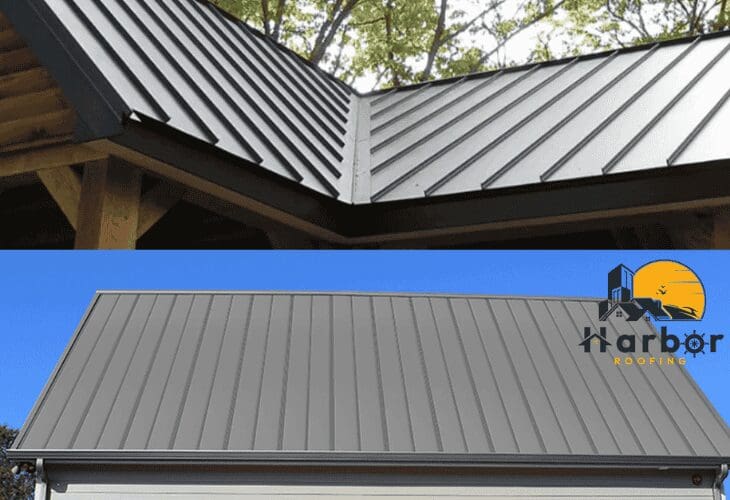
Metal Roofs: Performance and Longevity
Metal roofs excel in Florida’s climate with lifespans of 40 to 70 years depending on the material type. They resist wind, rain, and UV damage better than most alternatives.
Steel panels typically last 40 to 60 years with proper coating. Aluminum options can reach 50 to 80 years due to natural corrosion resistance.
| Metal Type | Lifespan | Warranty |
| Steel standing seam | 40-60 years | 30 years |
| Aluminum panels | 50-80 years | 50 years |
| Corrugated steel | 30-60 years | 30 years |
Metal roofs can reflect heat, saving you up to 25% on cooling costs and handle hurricane-force winds way better than shingle roofs. However, the corrosive effects of salt air near the coast are a factor to consider, but regular maintenance and special coatings can slow down this process.
In terms of cost, the initial outlay is higher, but the extended lifespan and money saved on energy costs make metal roofs a smart investment.
Tile Roofs: Clay vs. Concrete
When looking at tile roofs, Clay tiles, though more expensive are basically guaranteed to last 50 to 150 years, can resist the sun, strong winds and dampness better than the rest of the competition.
Concrete tiles, offering very good durability at a more reasonable price, can last anywhere from forty to one hundred years. They are heavier, though and don’t offer the same level of protection as clay tiles.
Now, when weighing out clay and concrete tiles, it’s clear that clay has the upper hand when it comes to longevity, but comes at a higher price and has more natural colour options, whereas concrete is a more affordable option with a wider array of colours, yet still handles Florida’s climate well. .
The real worry with tile roofs is their weight, so you’ll want to make sure your house can take the load, roughly 600-900 pounds per square metre. Consulting the pros is definitely advised before laying down tile.
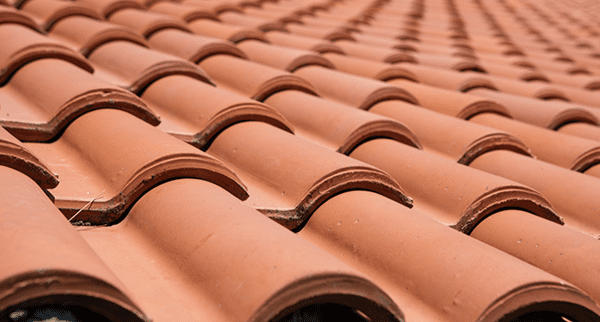
Key Factors That Shorten Roof Lifespan
The unique combination of intense weather, damaging storms and year-round scorching sunlight that are characteristics of Florida’s climate can shorten your roof’s life by five to ten years, when compared to the rest of the country.
The subtropical environment is a breeding ground for roof deterioration, with high humidity levels making it all the more prevalent. Moisture seeps through roofing materials leading to rot and the growth of mold.
Temperature swings in Florida are also quite dramatic, your roof is subjected to expansion and contraction which in turn weakens the shingles and leads to the creation of cracks.
High humidity accelerates the disintegration of any material, give rise to an overgrowth of algae and moss and cause the breakdown of adhesives and sealants, and Florida’s monsoon season runs from May through October, pummeling roofs with rain.
The mixture of heat and moisture produces the perfect environment for bacteria to grow and this can cause black marks on your roof, and makes the structural integrity of shingles become feeble.
Florida’s more severe weather is what makes it such a unique roofing environment, with hurricane season from June through November, and perilous gusts of wind and downpours. Storm damage can be of several types, high winds can rip shingles right off the roof, sharp objects can pierce the roof, and gutters and flashing get ruined.
Even relatively rare but completely destructive hail storms can split shingles and open up passageways for water, problems associated with hurricanes include.
Missing or broken shingles, weakened flashing around chimneys and vents, structural damage from falling trees, and water flooding in through the openings are all concerns to think about..
UV Radiation and Sun Exposure
Florida receives some of the most intense ultraviolet radiation in the United States. Your roof faces direct sunlight for up to 12 hours daily year-round.
Signs of UV damage include:
- Fading or discoloration of shingles
- Curling or cracking at the edges
- Loss of granules in gutters
- Brittle texture when touched
The intense heat also causes thermal cycling. Your roof temperature can reach 160°F or higher during summer days, then cool significantly at night.
This constant expansion and contraction weakens the material over time. Metal roofs can develop stress fractures, while tile roofs may crack at mounting points.
Reflective roofing materials help reduce UV damage but still require regular maintenance to maintain their protective properties.
